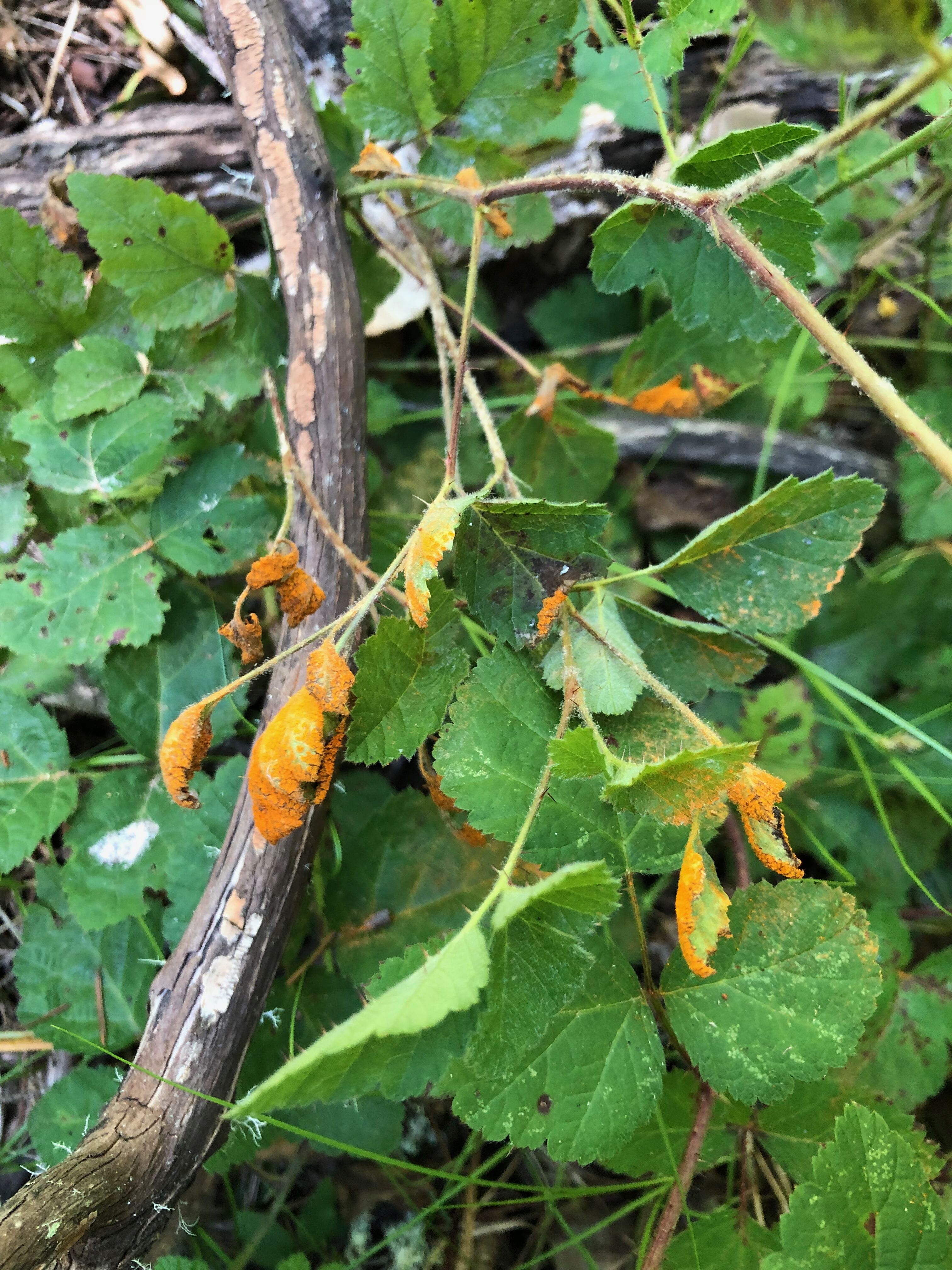Not just plants

Walking across the UC Santa Cruz campus, the towering pines and wildflowers are easy to spot. Less obvious? The fungi that call these plants home. But those fungi play key roles in the campus ecosystem. Just as a human body teems with microorganisms, all plants host fungi that can help them thrive, cause disease, or anything in between, according to professor of environmental studies Gregory Gilbert. “Fungi really shape everything plants do,” he said.
Gilbert, along with professor of ecology and evolutionary biology Ingrid Parker, has collected thousands of plant samples from around UCSC and extracted their DNA to study what fungi they’re infected with. Their goal is to understand which species of fungi infect which plants, and how those infections spread over time. Santa Cruz is an ideal place to study these interactions because of the range of climate conditions and plant diversity, Gilbert said. “We have this amazing living laboratory campus.”
When a new disease-causing fungus invades an ecosystem, there is often sparse science to inform—and frequently little time to determine—what might be done to limit its spread and impact. Gilbert hopes his research, besides illuminating the less obvious, will help inform such actions by improving our understanding of the biology through which plants and fungi interact.

